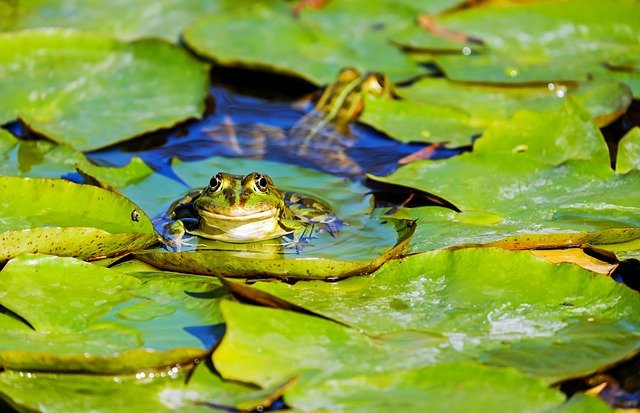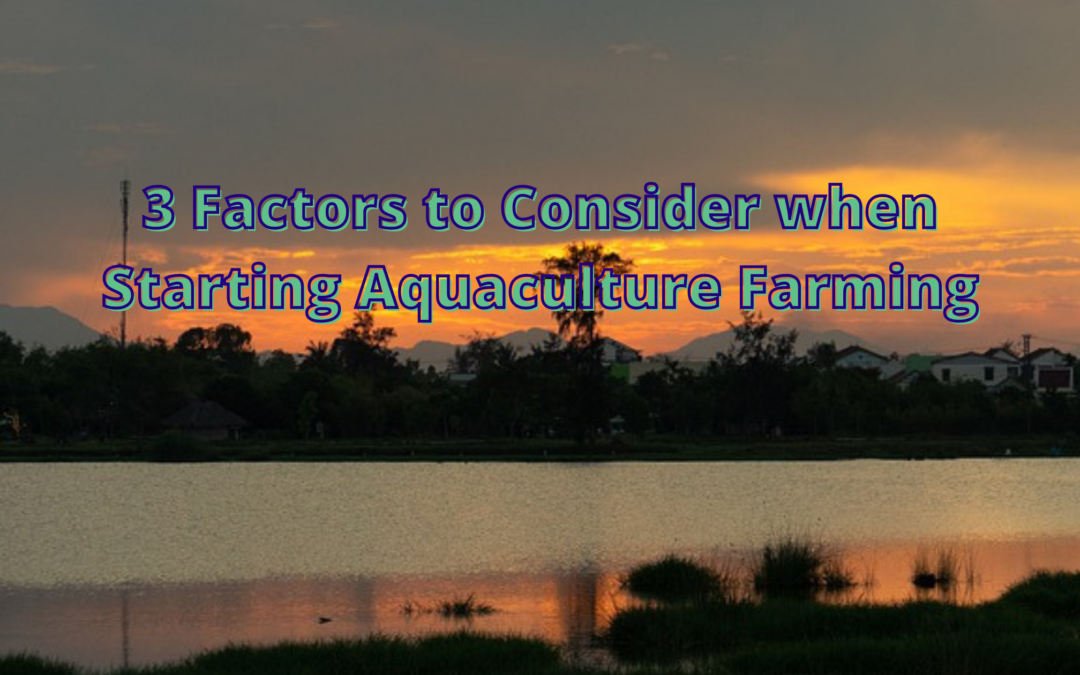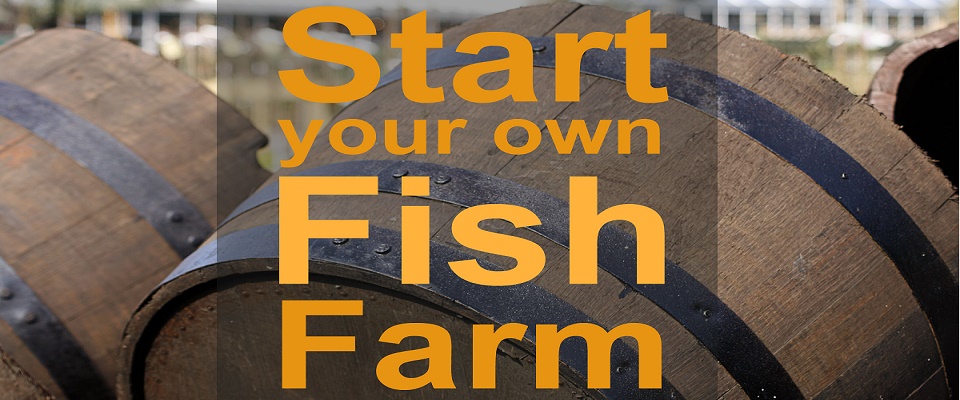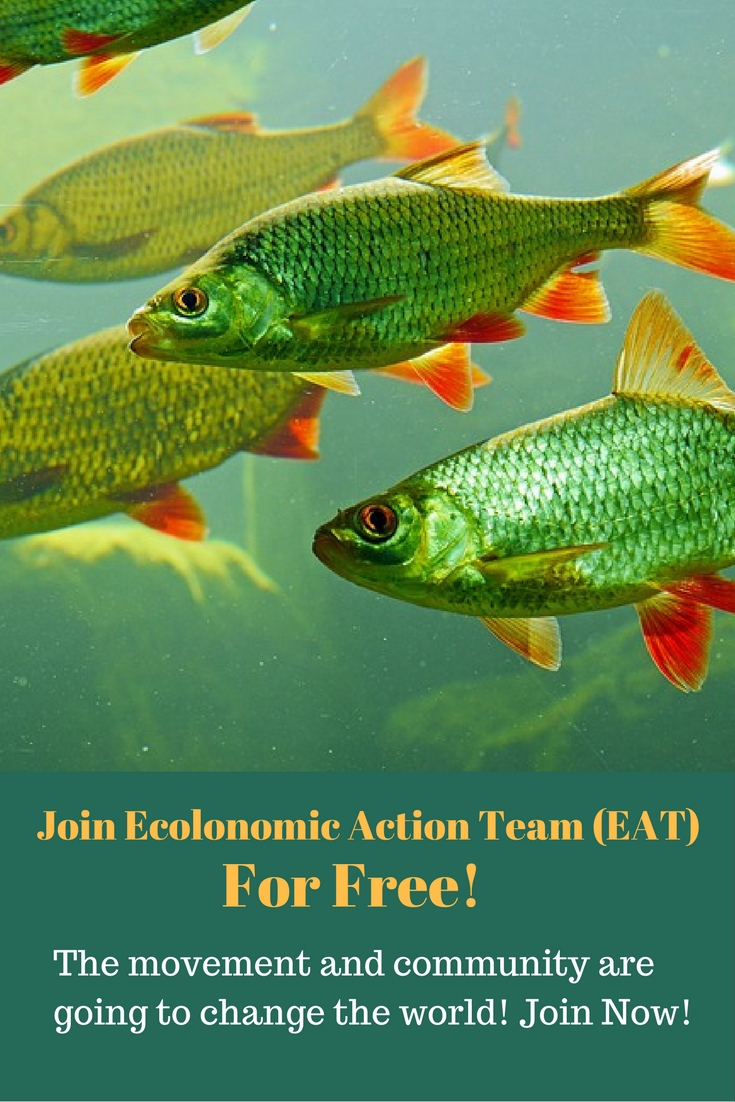Aquaculture farming is one of the fastest-growing food industries and it entails farming of fish, marine animals, and plants in controlled environments. Aquaculture farming supports the food chain at a lower level through the production of algae and other plant organisms that are utilized as animal feed. Fish is one of the world’s important sources of protein and the declining population of wild fish has created avenues for engaging in aquaculture as it helps with supplementing the demand for protein, all over the world.
Before you get started with commercial aquaculture farming; there are a number of factors that should be taken into consideration and having knowledge of them can be of great help.
The Biology of Aquatic Species
Aquaculture continues to grow as more awareness gets created and people also learn the basic biology of the aquatic species. Before you get started with aquaculture farming; you should be well conversant with the various species that you can consider farming and their biological makeup. The process of introducing new organisms to the process of aquaculture can be involved as a lot of research goes into cultivating an organism properly. Here are some of the factors that aquaculture farmers have to consider when choosing new aquatic organisms with the potential for growth;
- The organisms reproductive habits
- Eggs and larvae requirements
- Adaptability to crowded conditions
- Feeding habits of the organisms
Before you stock your pond with aquatic species; ensure that you are well conversant with the reproductive habits of the organisms that you intend to stock. You should have knowledge of the eggs and larvae requirements and where you can get them from, you should be well versed with the ability of the organisms to survive especially when using a crowded pond and you should also be well informed about the organisms feeding habits. Having in-depth knowledge of such will be of great help as you get started with aquaculture commercial farming.
Living Conditions and Potential for Diseases

Another key factor that you should take into consideration when considering aquaculture farming is the living condition that you intend to keep the organisms in. You should also take into account the potential of disease in such an environment. When aquatic organisms are kept in one place, the population of the organism should be taken into consideration. When fish are cramped in a small space, the fish wastes are likely to turn into pollution quite fast. As the organisms move around the contained environment; they also get to rub against each other and such a move can cause disease and infection if the environment they are in is crowded. As a farmer, you should have knowledge of how to manage the fish effectively in high-density conditions.
Feed Provision
Before you get started with aquaculture farming, you should also be knowledgeable of the type of feed that you need for the organisms and where you can source the feed from. It’s vital that you consider feed solutions that are sustainable and have the potential of not endangering the life of the organisms. Other key things to consider include disease control measures. Aquaculture farmers often prefer growing fish that are familiar with high-density conditions. However, chances of the disease cannot be ruled out regardless of the type you opt to grow.
Join a team of aquaculture farmers alongside and learn more about commercial aquaculture farming. Visit our EAT Community for more information. Also, find our live webinar sessions.
P.S: We hope you enjoyed this article. Please type your thoughts in the comment section below. For more online learning opportunities, join our EAT Community where you can make a little money making the planet better.



